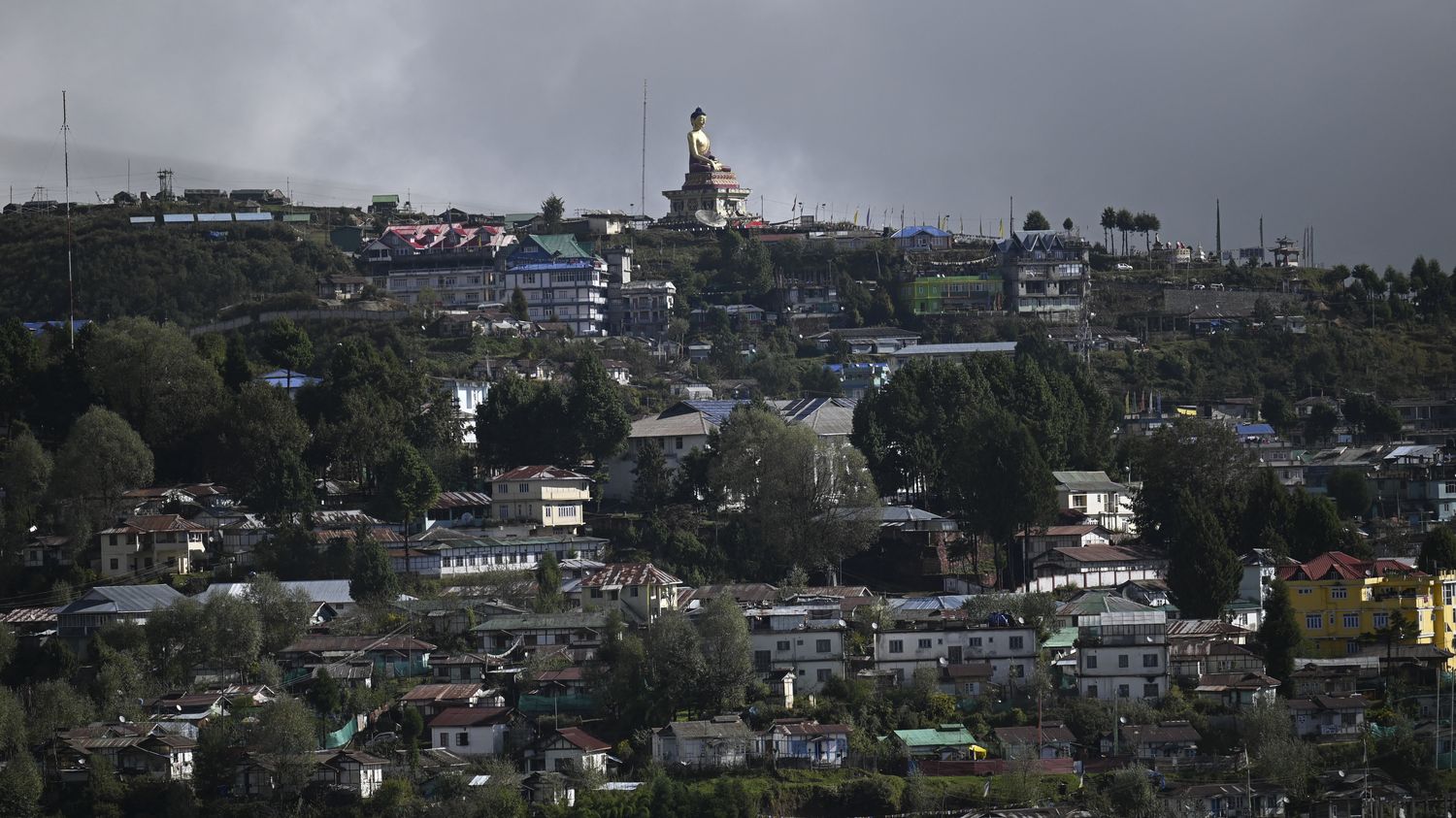It’s a war of words between the two most populous countries in the world. The dispute concerns the naming of several places in the border area, on the Indian side. And for several days, the tone has been rising between the two Asian giants.
The Indian Foreign Ministry is not happy. He published Tuesday April 4 in the evening a scathing press release : “Arunachal Pradesh has been, is, and always will be an integral and inalienable part of India”.
Arunachal Pradesh is a region in northeastern India, in the Himalayas, which touches little Bhutan and especially China. More than 1000 km of common border with a sometimes blurred demarcation line. This region has 1.5 million inhabitants in a territory roughly the size of New Aquitaine. And for a little over a century, and the delimitation carried out by the British (the Mac Mahon line), the region is therefore on the Indian side.
Only then, on Sunday April 2, China, through its Ministry of Civil Affairs, discreetly published a press release which renamed in Mandarin or simplified Chinese 11 places located on the Indian side: a city just next to the regional capital Itanagar, and also five mountain peaks, two rivers and two agricultural plains. We therefore see Chinese names appearing on the cards so far: Dadong, Luosu, Jiang Ka Zong, etc.
Some 32 names changed in 6 years
Sure enough, it’s a way of saying that these areas are actually Chinese, with Chinese names. Hence the anger of India which adds, with the support of the spokesperson for the White House in Washington: “We will thwart all attempts to impose imposed place names from scratch”. In fact, China is not at its first attempt. Beijing disputes the separation of the MacMahon line and claims sovereignty over this region which it calls Zangnan or Southern Tibet. Not Arunachal Pradesh. And this is the third time in six years that China has seemingly tried to change the names of the region. In 2017, she had launched a first salvo of six modified names. Then two years ago, a second list of 15 names. This time 11 more. So that’s a total of 32 names changed. And in total, these “revisions” of names concern places located everywhere, all along the border. A way of indicating that the claim is global over the entire region. For the official Chinese press, this approach is “legitimate standardization”. For the Indian press, it is an attack.
Recurring clashes with fists and sticks
It is, beyond words, an area of high tension: there are regular clashes at the border. And to avoid a general conflagration, the two countries have reached a rather surprising agreement: the respective patrols are not allowed to use firearms or bladed weapons. So regularly, there are fights with fists or clubs. The last time was last December. And two years ago, the fighting left 25 dead. And then in the background, there is obviously the question of neighboring Tibet, controlled by China. But whose spiritual authority, the Dalai Lama is sheltered and defended by India. In short, in this zone which is a stick of dynamite, the battle of words has at least the merit of not making victims. But she does say that China has not renounced its claims to the region.
